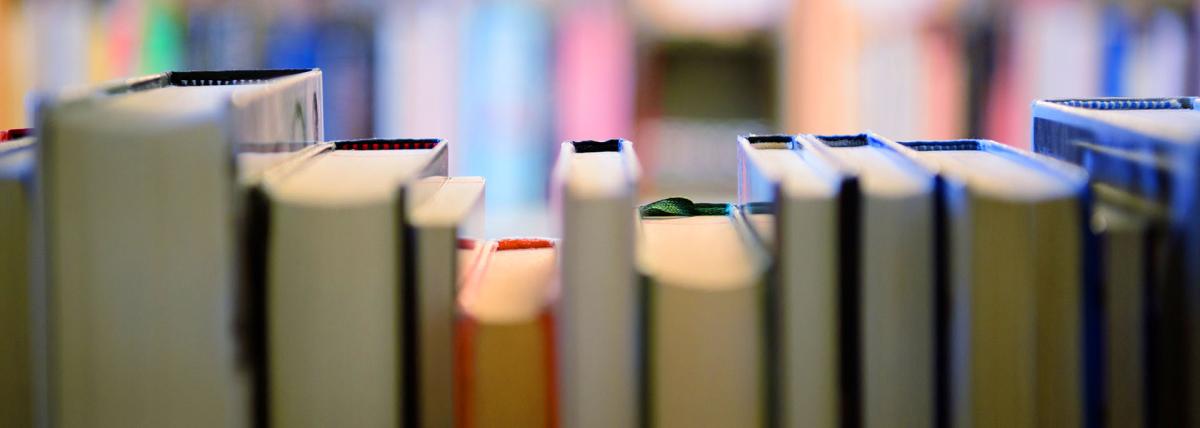Students will create a geometric net to estimate how many cheerios will fit in the cube. They will use volume to create a real sized cereal box that they can fit 100 cheerios into without having lots
Students will use science and engineering practices to design and build a parachute out of everyday items. The parachute must be able to carry a metal washer to a specific target on the ground while
Students will learn about forces and motion by building a straw rocket. They will measure how far their rocket flies and then build a second rocket to see if they can make it go farther.
This is a 5th grade force and motion lesson plan. It uses roller coasters to help students develop real-life connections to the ideas of motions, and balanced & unbalanced forces. It allows them to
In this hands-on lesson, students identify Newton’s Laws of Motion, analyze the difference between force and motion, compare balloon car designs with group mates and demonstrate how to design and test
This lesson is designed to create a 3D model and circle graph that will represent where water in different parts of the hydrosphere is located. The purpose is to get students thinking and problem
When Res is hurling towards Mars, he needs a parachute that will help him land safely. Can you design a parachute that will help Res land safely on Mars? Students will design a parachute using coffee
In this lesson, students will incorporate science and math concepts as they investigate properties of matter. They will apply mathematical concepts and formulas in a hands on activity where they
In this activity, students will complete a Web Quest to find the diameter of the Earth, Moon, and Sun AND will observe how the Earth orbits around the Sun and how the moon rotates around the Earth by
Students will have the opportunity to apply the skils of finding area of a rectangle and volume of rectangular prism when they determine the area and volume of garden beds at the school.
The Mystery Box Investigation combines science concepts about properties of matter, how we use and identify matter based on its properties, and the mathematical concepts needed to calculate density
Teaching with phenomena is a great way to connect real world events with inquiry based learning in the classroom. In this lesson students will observe and investigate a phenomenon that involves the
Students will learn about the history of the National Parks Service and the different biomes and environments within the United States. Then, they will choose a National Park to research and present a
This is the 3rd part of the lesson series where students will determine the thrust and stability of their water bottle rockets to answer their essential question: Using the Design Process how can we
In this lesson, students will be learning about solar energy and how it may be used to solve problems. After reading and comparing two texts about solar energy, students will use simple materials to
Students will design a balloon rocket. They will then create a fish line track for the rocket to follow. The track will be able to me modified to test different angles of ascent. This will allow
Students will follow the Engineering Design Process to create a hoop glider out of straws and index cards and explore the forces of flight. Students will work on the 4Cs skills as they work together
Students will follow the Engineering Design Process to create a hoop glider out of straws and index cards and explore the forces of flight. Students will work on the 4Cs skills as they work together
Students will follow the Engineering Design Process to create a hoop glider out of straws and index cards and explore the forces of flight. Students will work on the 4Cs skills as they work together
Hoop Gliders: Day 4
Students will follow the Engineering Design Process to create a hoop glider out of straws and index cards and explore the forces of flight. Students will work on the 4Cs skills as they work together
Students investigate the movement of electricity within a circuit and examine how a circuit can be used to power a device where electrical energy is transferred to complete a task by making wobble
Mixtures and Solutions: Students investigate how various mixtures can be separated. While making a mixture of salt and water, connections are made to global water supplies and the amount of fresh and
Students will learn about the history of the Ferris wheel while engineering their own out of Popsicle sticks. Students may work individually to create their own spinning ferris wheel An emphasis on
Context: This lesson takes place in a classroom for two or more class periods Students may work in small groups of 2-4. An emphasis on the experiment of making an indestructible Edison robot Creative
Featured Lesson Plans
Check out these notable lesson plans.

Makey Makey Storyboards

Sphero Rocket Payload Mission



